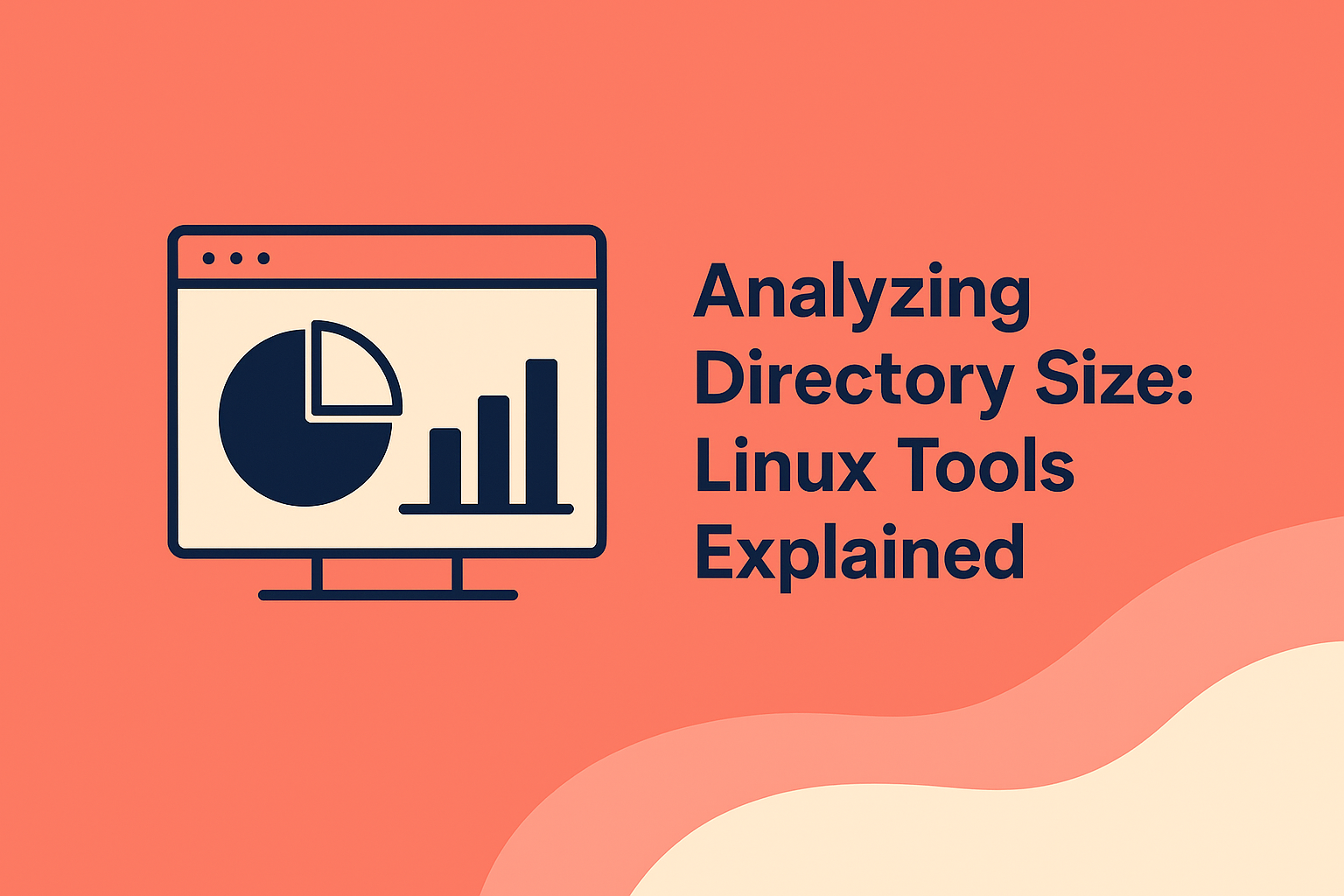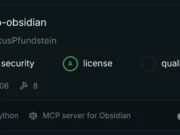Email to Profile: Social Media Search and Free Lookup Tools
Introduction Connecting an email address to a real person can reveal valuable insights. With email-to-profile searches, social media lookups, and reverse search tools, you can uncover linked accounts, public posts, and verified identities. This process is common in cybersecurity, recruiting, and digital marketing. In this guide, we explore both free and professional techniques to map an email address to a...
Advanced Free Email Lookup and Reverse Search Techniques
Introduction Email addresses are often the keys to digital identities. With the right tools, you can uncover social media profiles, online activity, and even business records associated with an email. This process, known as email lookup or reverse email search, combines technical data gathering, open-source intelligence (OSINT), and smart web tools. This guide explains how to use these techniques effectively...
How to Use Pentest Copilot in Kali Linux
Introduction Artificial Intelligence is changing how cybersecurity professionals work, especially in penetration testing. Tools that once required manual effort are now becoming smarter and more efficient. One of the most interesting AI-assisted tools available today is Pentest Copilot, developed by BugBase Security. Pentest Copilot is designed to make ethical hacking faster and easier by automating many of the repetitive parts of...
How to Use the Windows Registry to optimize and control your PC.
The Windows Registry Editor lets you easily view and control critical Windows system and application settings. It acts as a central hub, storing configuration information for your hardware, software, and personal preferences. Type regedit in the Start menu or the Run box. Inside, it arranges data into hives, keys, and values, similar to folders and files, which makes...
MQTT Security: Securing IoT Communications
In the rapidly expanding Internet of Things (IoT) ecosystem, billions of devices are constantly exchanging data from smart home appliances and industrial sensors to connected vehicles and healthcare monitors. Behind this seamless communication lies a lightweight protocol that powers most of these systems: MQTT (Message Queuing Telemetry Transport). MQTT is efficient, flexible, and simple but these same qualities make it...
Professional Window Cleaning Service: Bringing Shine And Clarity To Your Space
Clean and sparkling windows not only improve the look of a property but also reflect a sense of care and professionalism. Whether it’s a home, office, or commercial building, clean windows allow more natural light to enter and make spaces feel brighter and more welcoming. In this article, we’ll explore the importance, process, and benefits of hiring a professional...
How Do I Do Reverse Image Search
Have you ever come across a picture on the internet and wondered where it came from or who is in it? If yes, you are not alone. Millions of users, cybersecurity professionals, and digital investigators often ask the same question: how do I do reverse image search to find where a photo appears online. Reverse image search is one of...
WhatsMyName App – Find Anyone Across 640+ Platforms
Overview WhatsMyName is a free, community-driven OSINT tool designed to identify where a username exists across hundreds of platforms worldwide. It’s widely used by investigators, brand-protection teams, cybersecurity professionals, and privacy-conscious individuals to map digital footprints, detect impersonation attempts, and assess potential security threats. What makes WhatsMyName stand out is its combination of speed, broad platform coverage, and open-source transparency. While...
Analyzing Directory Size Linux Tools Explained
Managing disk usage is a crucial task for Linux users and administrators alike. Understanding which directories consume the most space helps in optimizing system performance, freeing up disk space, and preventing storage-related issues. Linux provides several built-in and third-party tools to analyze directory size, both from the command line and through graphical interfaces. This guide covers the most effective...
Understanding Disk Usage with du Command
Efficient disk space management is vital in Linux, especially for system administrators who manage servers or large directories. The du command (short for disk usage) is one of the most versatile tools for checking storage consumption across directories and files. Understanding how to use it effectively helps keep systems clean, optimized, and free from storage bottlenecks. What is the du...


















